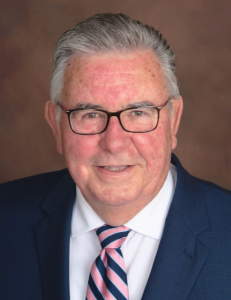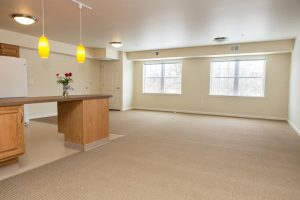
From time to time, I write a column on the status of our affordable housing situation that is playing out now in New Jersey. Since the Supreme Court’s ruling that COAH was defunct in 2015, Towns have been required to work out their “Round Three” obligations in the courts. Most towns have settled, and have entered into an agreement with Fair Share Housing but still a good many have not, so this process now is shaping up to be a rather lengthy one. Based on recent court rulings, especially one from Judge Mary Jacobson, in Mercer County, the courts are not letting the towns off the hook—with many judgements requiring more units than if the towns had settled their cases in the first place.
In many of these settlements, the Court is requiring that the Towns provide the “ reasonable opportunity “ for housing to be built, which also mandates that the Towns provide some kind of financing, or contribution to these projects, in order for them to truly be built. Many towns have used their affordable Housing Trust Funds for this financing, and as a result have no moneys left for future housing needs. About half of the towns have not completely used up their funds, and as a result the State of New Jersey estimates that there is about $46 million in these municipal trust fund accounts which could be used for that purpose. These funds were raised when A500 was passed and allowed the municipalities to charge a 2% fee on all commercial new construction. The law specifically mandated that these funds had to be maintained in separate accounts and could only be used for the creation and support of affordable housing.
Two years ago, then Governor Chris Christi tried to take those remaining unused funds to balance his State Budget, however the Courts ruled against his doing so. Many towns also placed those existing funds into new accounts, which were not reported to the State. Now, when towns very much need these funds to complete their affordable housing plans, the present governor, Phil Murphy, is again trying to take those funds to offset his current State budget deficit. His plan is to move those funds over to the Department of Human Services which would thereby reduce what he would have to provide from the general State budget—not what the funds were intended to be used for.
Now we have heard this kind of proposal before. The legislature will pass a particular bill to remedy a specific need, but then when some other perceived crisis seems to occur, the moneys are funneled back into the State general fund, where the Governor can use as he pleases. This is simply not right. The Affordable Housing Trust Fund moneys should only be used for their stated purpose—that is to build affordable housing—not to be a substitute for the funding of a specific State Department or agency.
Now this argument is hard for me to make, since funding Human Services is something close to my heart and the consumers and tenants of Project Freedom. However having a place to live is equally important, and using these funds to replace original Human Service funding is not what should be done. Some would call this process, “sleight of hand” or robbing “Peter to pay Paul.” Also, it is disingenuous to change the purpose for taxation, from its original intent, to then use those funds to shore up the State budget. The Legislature needs to tell Governor Murphy, NO, that these funds need to be used only for the creation of affordable housing, otherwise New Jersey will continue to fall further and further behind on this issue, and towns will never have the resources to fulfill their stated housing plans.





